INTRODUCTION

Ever since their introduction in the general consumer market just over two decades ago wireless mice have had two serious drawbacks, battery life and signal range/strength. For example, the very early models (this actually was used until somewhat recently by low-end brands) worked with regular AAA/AA batteries and couldn't be used even a single meter away from their receiver/transmitter. In recent years however both issues have been in large part resolved and so current wireless models not only feature rechargeable lithium-ion battery packs which can keep them going for well over a full day (2+ days for high-end models) but they also come packing wireless technologies with ranges well over 10 meters (30ft). The PulseFire Dart Wireless Gaming Mouse is the latest offering by our friends over at HyperX and it’s what today's review is all about.
HyperX is the gaming division of Kingston Technology Company, Inc., the world’s largest independent memory manufacturer, with the goal of providing gamers, PC builders, PC, console and mobile power users with high-performance components. For 16 years, the HyperX mission has been to develop gaming products for all types of gamers – high-speed memory, solid state drives, headsets, keyboards, mice, charging accessories for console players, USB flash drives, and mousepads – to the gaming community and beyond. The award-winning HyperX brand in known for consistently delivering products that deliver superior comfort, aesthetics, performance, and reliability. HyperX gear is the choice of celebrity ambassadors, pro gamers, tech enthusiasts, and over-clockers worldwide because it meets the most stringent product specifications and is built with best-in-class components. HyperX has shipped over 60 million memory modules and 7 million gaming headsets worldwide.
The latest PulseFire Dart by HyperX is a wired/wireless model based on the very popular (and tested time and again) zero-acceleration PMW3389 optical sensor by Pixart featuring a resolution of 16000DPI (dots per inch), 450IPS (inches per second) tracking speed and 50G acceleration. HyperX has also equipped this model with OMRON switches (50 million clicks) for the primary l/r buttons (split-design ensures the same pressure is needed regardless of where you push the buttons), dual-zone RGB lighting system (5 effects), 6 buttons (4 fully programmable ones), internal rechargeable lithium-ion battery pack (up to 50 hours) and 1000Hz polling rate. Also just like most high-end wireless gaming mice the PulseFire Dart by HyperX uses 2.4GHz RF connectivity via a bundled USB dongle which allows for complete freedom of movement for up to 33ft (unobstructed). Now what makes the HyperX PulseFire Dart really stand-out from most (if not all) of its competition is the internal Qi receiver which can be used for wireless charging (however to take advantage of that you either need to already own a Qi charger or get one).
SPECIFICATIONS AND FEATURES

PACKAGING AND CONTENTS
HyperX ships the PulseFire Dart inside a white/red box that has a large product picture at the front right beneath the company logo and its main features.
The main features and the system requirements are printed on the left side in 2 languages.
Printed at the base of the box are the box contents and contact information about HyperX in again 2 languages.
At the rear of the box we find 4 product pictures showcasing the RGB lighting system of the PulseFire Dart (this is printed in 9 languages).
Once you remove the exterior cover you will see the mouse and a note pointing you to the download link for the NGenuity software by HyperX.
Along with the PulseFire Dart and its 2.4GHz USB dongle you will also get an 1.8 meter long USB cable (which you can use to charge and use the mouse as a wired model), round adapter (for the USB dongle), product catalog paper, thank you paper, warranty information paper and the quick start guide.
THE PULSEFIRE DART
The 110g heavy PulseFire Dart features a rubber coating and measures 124.8mm in length, 73.9mm in width and 43.6mm in height.
Two fully programmable buttons and a textured area made out of leatherette are located on the left side.
As always, the company logo is located at the rear center of the mouse (and is part of the dual-zone RGB lighting system).
The DPI selection button is located at the top right over the primary buttons.
HyperX has dressed the entire right side with the same textured leatherette used on the left side.
The clickable and rubber coated scroll wheel is also part of the dual-zone RGB lighting system.
A USB-C port is conveniently located right beneath the scroll wheel.

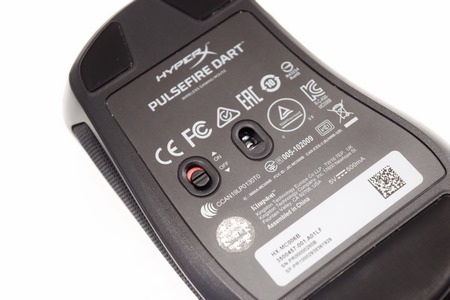
At the base of the mouse we find 3 PTFE feet, the wireless on/off switch and the PMW3389 optical sensor (or more accurately its lens).
The USB adapter may come in handy if you'd like to extend the range of the mouse almost by a couple of meters.

 Just plug the USB dongle into the adapter and you're good to go.
Just plug the USB dongle into the adapter and you're good to go.
HYPERX NGENUITY
Once you install and launch the NGENUITY software it will check for any compatible HyperX devices and list them on the left side.
From the settings tab you can set the software to launch at start up, minimize it instead of close and check the current software version (December 2019 Beta 2 in this case).



It took more time than usual for the software to detect any firmware updates but it did (it may take up to a minute to complete - you will need to update both the dongle and the mouse itself).



From the lights tab you can pick colors and effects for the dual-zone RGB system (or for each zone individually) and of course set the brightness level and the speed.


As expected, the buttons tab allows you to assign commands to the buttons of the PulseFire Dart but as you can see that doesn't really apply for the primary buttons (you can only swap their commands).
The sensor tab allows you to change the DPI levels of the three available presets, add more presets and assign different colors on each.



You can also check the current battery life, brightness level and the polling rate from the top right cornet tabs.



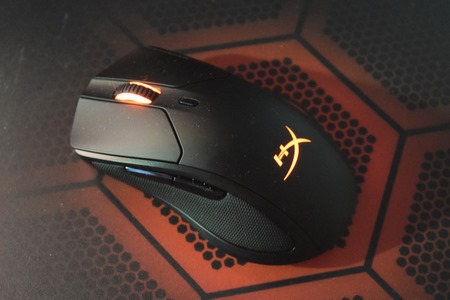


Some of the colors (dual-single zones) are showcased in the above pictures.
CONCLUSION

Having already tested and used many gaming mice using the PMW3389 optical sensor by Pixart I wasn’t taken by surprise to see that it’s very accurate and fast (shape/design and size also play a significant role in that and the PulseFire Dart is not only small/medium in size but also follows the typical right handed shape we’ve seen countless times in the past). As a matter of fact, this sensor is more than just that since it’s also one of the few sensors (from the ones that we have here) that work flawlessly with the leather mouse pads/mats that we reviewed last week. Battery life is also almost excellent since during tests I was able to squeeze up to 42 hours with both LEDs on so we’re talking about almost double time compared to many other high-end models currently in the market (unfortunately I don’t have a Qi charger so I didn’t have the chance to test that feature of the PulseFire Dart). As for wireless connectivity well, you should have no problem using the PulseFire Dart from up to 5,6 meters away and a concrete wall in between which is of course not something we haven’t seen in the past by other high-end models using RF 2.4GHz technology.
The PulseFire Dart Wireless Gaming Mouse by HyperX counts just over 3 months in the market and currently retails for USD122.99 inside the USA (Newegg.com) and for 99.90Euros inside the EU (Amazon.de) a price tag which puts it right in the middle of several similar high-end models. Overall, I’m very happy with the PulseFire Dart, the sensor is impressive, its shape and size are just great, battery life is nothing short of excellent and its wireless range is more than enough to cover not one but two rooms. Yes, I would had liked it to be an ambidextrous model (especially since you can swap the primary buttons so it would make sense) to cover every potential buyer out there but even so it’s still definitely worth our Golden Award.

PROS
- Very Good Build Quality
- Excellent Grip
- PMW3389 Optical Sensor (16000 DPI / 450 IPS / 50G)
- OMRON Switches (Primary Buttons / 50 million clicks)
- 2.4GHz Wireless Connectivity
- Battery Life (Up To 50 Hours)
- Qi Wireless Charging (Requires Extra Charger)
- 2 Zone RGB Illumination System
- NGenuity Software
CONS
- Price (For Some)
- Right Handed Model

 O-Sense
O-Sense







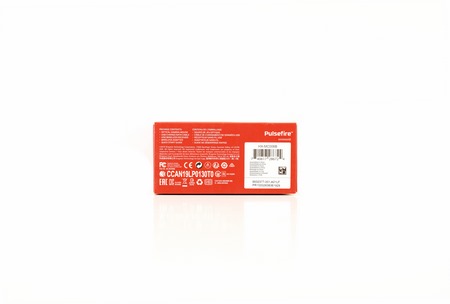






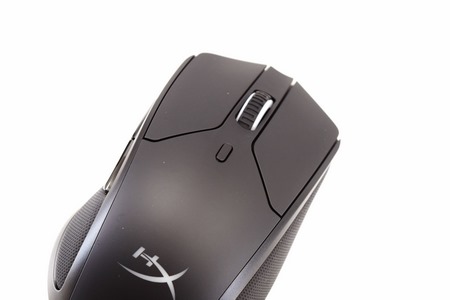


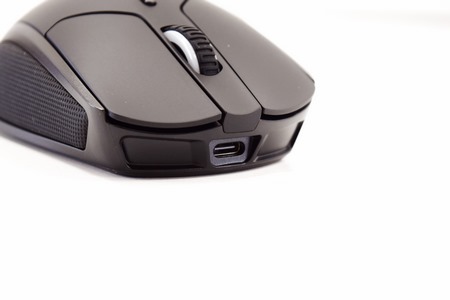






.png)

